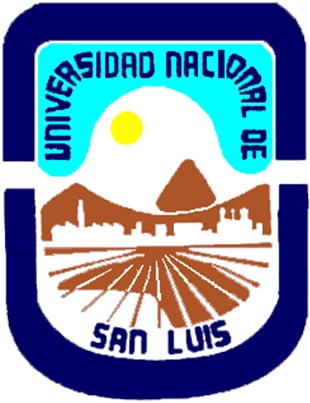 |
 |
SEMIPLENARIA 5
Studying Small Molecules Adsorption on MOF Frameworks
A.J. Ramirez-Cuesta
ISIS Facility, Rutherford Appleton Laboratory, STFC , Chilton, OX11 0QX, UK
E-mail: timmy.ramirez-cuesta@stfc.ac.uk
The interaction of small molecules with surfaces and porous materials can be studied with Inelastic Neutron Scattering Spectroscopy (INS)[1]. In the case of non hydrogenous compounds, like CO2 and SO2, the scattering cross section of the guest molecules is not enough to get a measurable signal. However it is possible to measure the change in the INS of a hydrogenated host as is the case of the NOTT 300 MOF. Inelastic neutron scattering spectroscopy (INS) is an ideal technique to study hydrogen containing materials [1,2]. Another great advantage of INS is that allows a more direct comparison between experimental results and theoretical calculations than is the case for optical spectroscopies (Raman and Infrared). In this study, we have successfully used combined INS and DFT to identify the dynamics of the captured C02/S02 molecules within NOTT-300 by investigating the change in the dynamics of the hydrogen atoms of the local MOF structure, including those of the hydroxyl groups and benzene rings of the ligand. Comparison of the INS spectra of bare and C02-loaded NOTT-300 reveals two major increases in peak intensity: at low energy transfer (30 meV) and at high energy transfer (125 meV).
Other effects are also apparent, indicating a stiffening effect of the motion of host system upon C02 adsorption. To understand these changes, DFT modeling has been used to simulate the INS spectra and optimize the structures for both NOTT-300 and NOTT-300 CO2 loaded materials. A total of five hydrogen atoms H(0+) are cooperatively interacting with the 0(0-) charge centers of C02 molecules in the channel via moderate to weak hydrogen bonds[3,4,5].
References
[1] PCH Mitchell, SF Parker,.AJ Ramirez-Cuesta and J Tomkinson "Vibrational Spectroscopy With Neutrons" World Scientific, London, (2005)
[2] AJ Ramirez-Cuesta, MO Jones, WIF David, Materials Today, 12, 2009, 54-61.
[3] Y. Liu, J.-H. Her, A. Dailly, A.J. Rarnirez-Cuesta, D. A. Neumann and C. M. Brown, J. Am. Chem. Soc. 2008, 130, 11813.
[4] Yang, S., Sun, J., Ramirez-Cuesta, A. J., Callear, S. K., David, W. I. F., Anderson, D. P., Newby, R., et al. (2012) Nature chemistry, 4(11), 887–94. doi:10.1038/nchem.1457
[5] Yang, S., Callear, S. K., Ramirez-Cuesta, A. J., David, W. I. F., Sun, J., Blake, A. J., Champness, N. R., et al. (2011). Faraday Discussions, 151, 19. doi:10.1039/c1fd00006c
Contactos: saasa@unsl.edu.ar
Página Web: http://infap.unsl.edu.ar/congreso/index.html